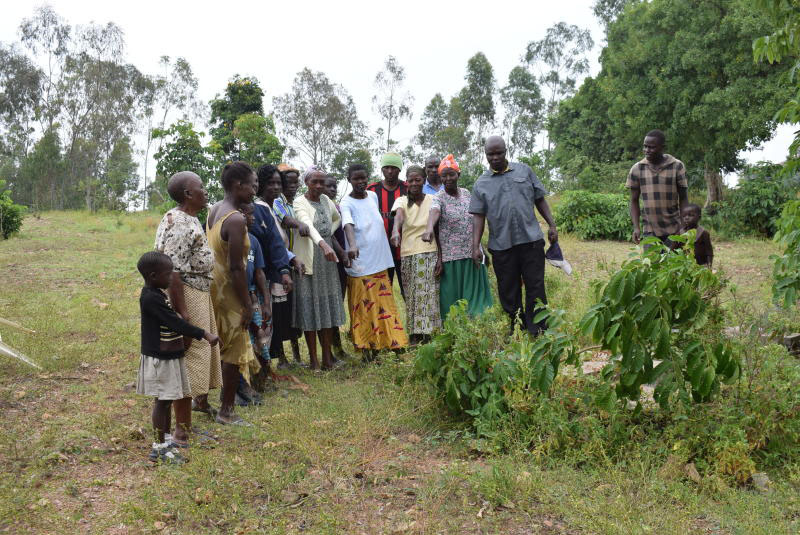×
The Standard e-Paper
Join Thousands of Readers

Paternal family members of the late Kibra MP Ken Okoth point at a place they want him to be buried at Amoso village, Kochia Ward in Rangwe Constituency, Homa Bay County. Okoth’s brother Alfred Omondi Obonyo demands that he should be buried next to his father’s grave. [James Moro, Standard]